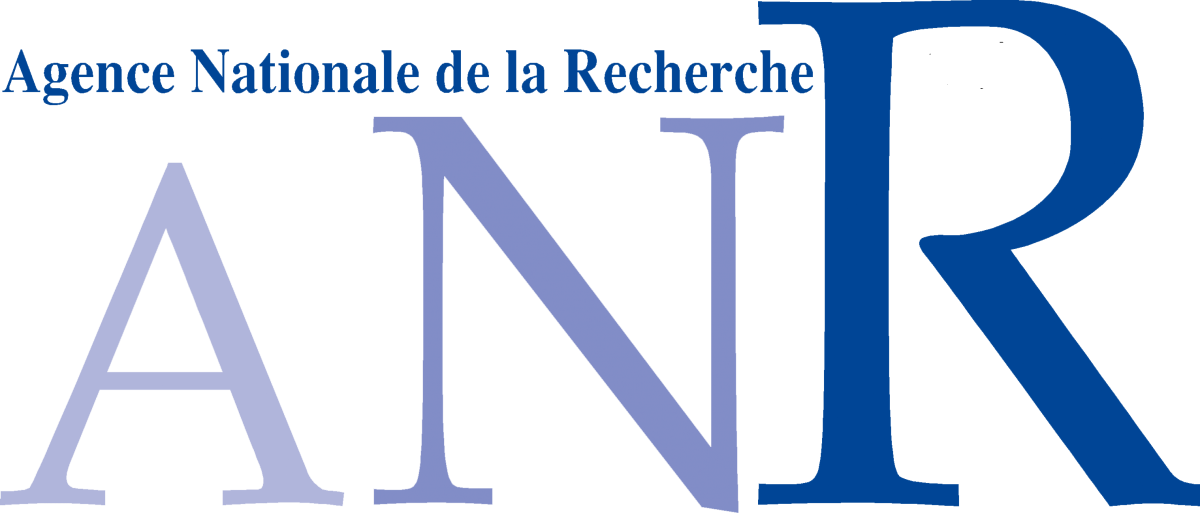Taxonomia, filogenia e interação parasita-hospedeiro na infecção de mixosporídeos em piapara(Leporinus obtusidens) e dourado (Salminus brasiliensis) oriundos do rio Mogi Guaçu, São Paulo, Brasil
| Titre | Taxonomia, filogenia e interação parasita-hospedeiro na infecção de mixosporídeos em piapara(Leporinus obtusidens) e dourado (Salminus brasiliensis) oriundos do rio Mogi Guaçu, São Paulo, Brasil |
| Type de publication | Thesis |
| Year of Publication | 2013 |
| Auteurs | Moreira, GSassarão |
| Academic Department | Faculdade de Zootecnia e Engenharia de Alimentos |
| Degree | Thesis |
| Number of Pages | 84 |
| Date Published | 27/05/2013 |
| University | University of Sao paulo |
| Ville | Sao paulo |
| Thesis Type | Quality and Animal Productivity |
| Résumé | The parasites of Myxozoa are endoparasites that infect mainly fishes in several parts of the world, being this group considered one of the most important pathogens of fishes, with more than 2180 species described. However little is known about this group of parasite in Brazil. During this study, eight piapara (Leporinus obtusidens) and seventeen dourado (Salminus brasiliensis) were caught in Mogi-Guaçu river in a period from April 2011 to August 2012, near waterfall Cachoeira de Emas located at Pirassununga city, state of São Paulo, Brazil. Morphological analyses (light microscopy, histology and ultrastructure) and molecular biology techniques (PCR and sequencing) where done to identify two new species of Henneguya and phylogenetic analyses using the 18S rDNA gene were performed to evaluate the phylogenetic relationship of this two new species among others myxosporeans available on GenBank. Henneguya sp. 1 has been described infecting the fin of L. obtusidens and Henneguya sp. 2 has been described infecting the gill arch membrane and the fin membrane of S. brasiliensis. The histopathological analyses revealed that Henneguya sp. 1 occasioned a small compression of adjacent tissue of the host. Ultraestructural analyses showed the host-parasite's interface and the sporogenesis of the two Henneguya spp. furthermore Henneguya sp. 2 showed several whitish vesicles with an unknown function. Phylogenetic studies using the maximum parsimony and maximum likelihood methods, showed in the first study Henneguya sp .1 appearing alone as a basal branch of a sister clade composed by Henneguya parasites of siluriforms, characiforms and esociforms fishes, and the second study showed Henneguya sp. 2 grouped with Hennegua sp. 1 and Myxobolus oliveirai, both parasites of characiforms fishes. |
| URL | http://www.teses.usp.br/teses/disponiveis/74/74131/tde-23052013-100154/pt-br.php |












